Everyday Consumer Goods and Food Distributors

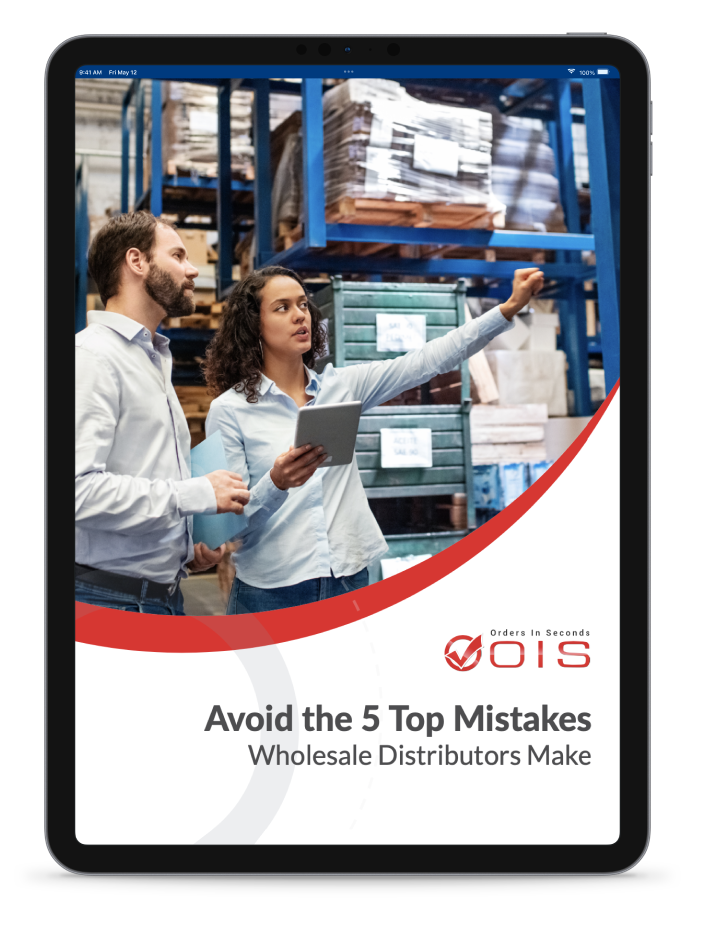
Are you making one of the top 5 mistakes that plague wholesale
distributors? Download our free eBook to find out.

Brian MoskoAdministrative Support

Learn how our B2B order management software simplifies the entire order and fulfillment process—whether you use field sales reps, inside sales teams, or let customers place orders themselves.

Brent EdwardsGeneral Manager
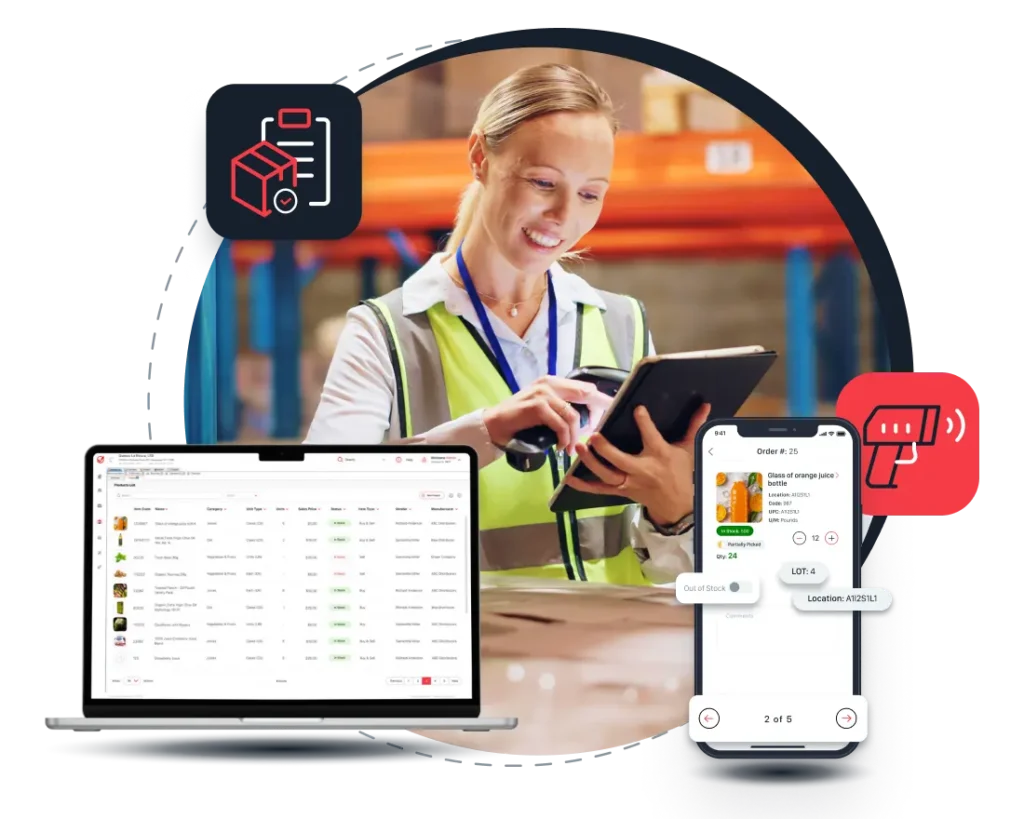
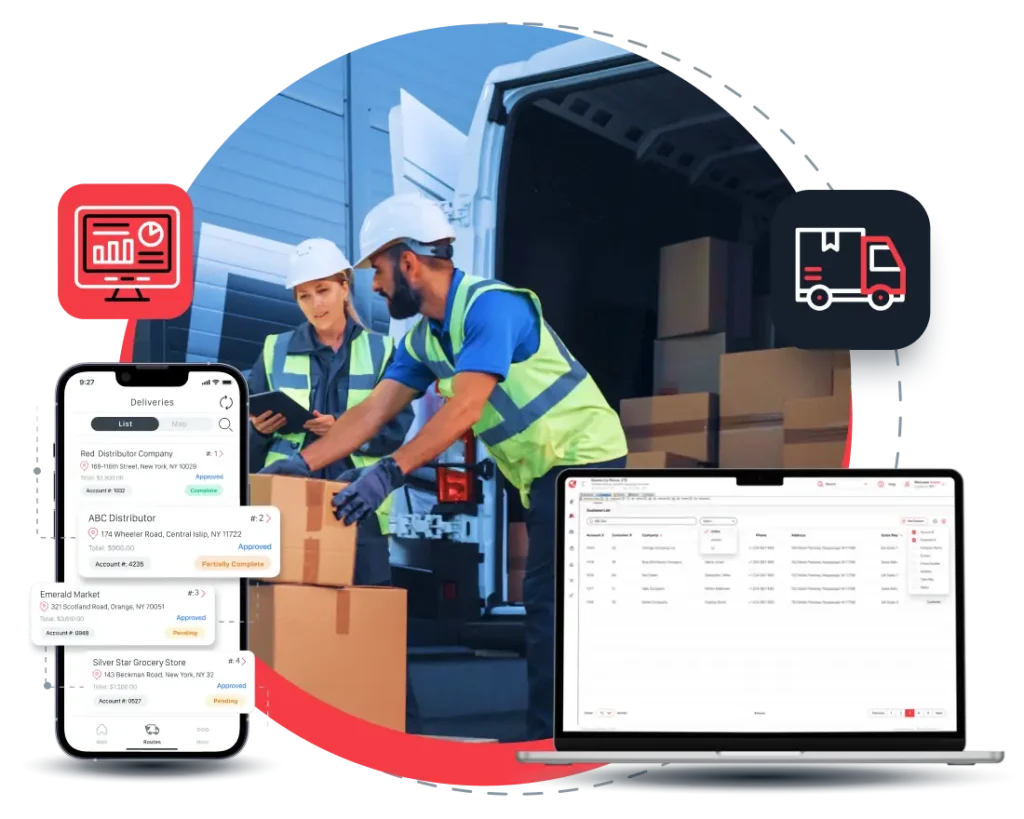

Armando EsquivelOwner
Our B2B order management software connects effortlessly with QuickBooks and leading ERP platforms (SAP, Sage, Peachtree, and NetSuite). We make sure your data flows smoothly between systems. Spend less time on manual entry and more time growing your business.

Paola VasquezManager



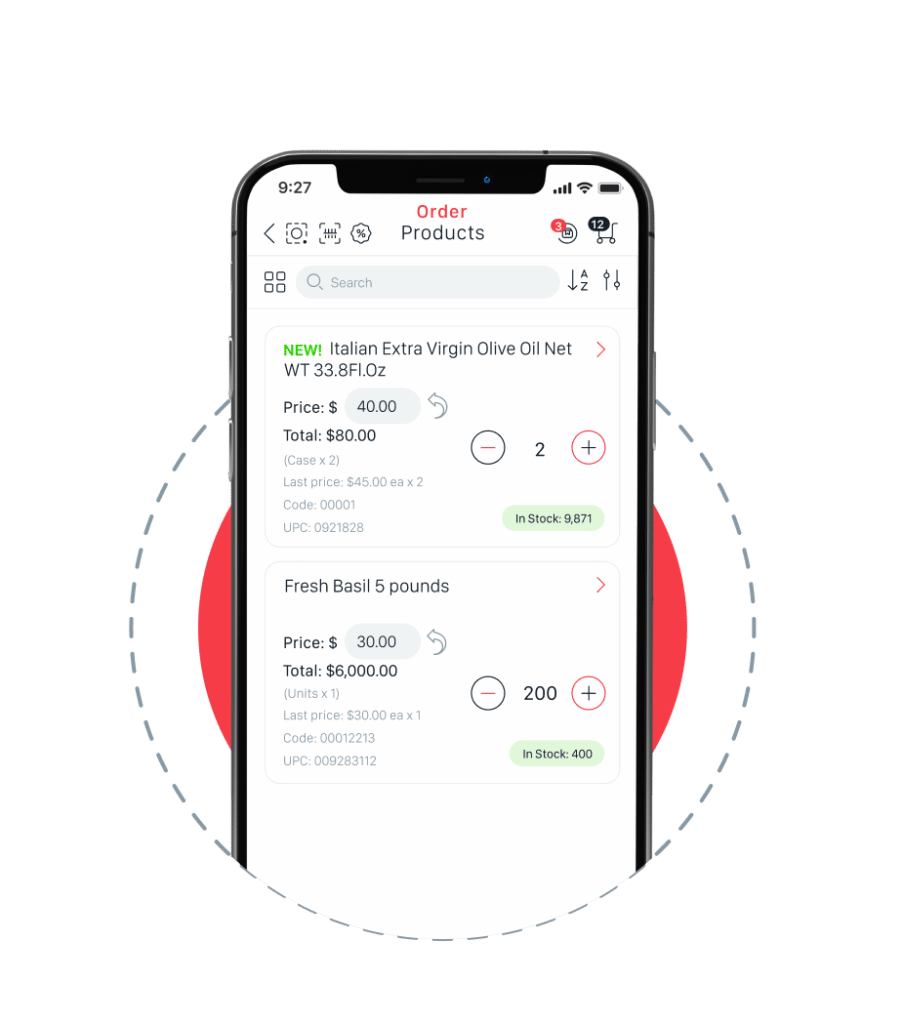

Trusted by wholesalers, distributors, and cpg brands, our B2B order management software is designed specifically for the complexities of b2b sales in the cpg industry.

Ron ClagnazSales Manager
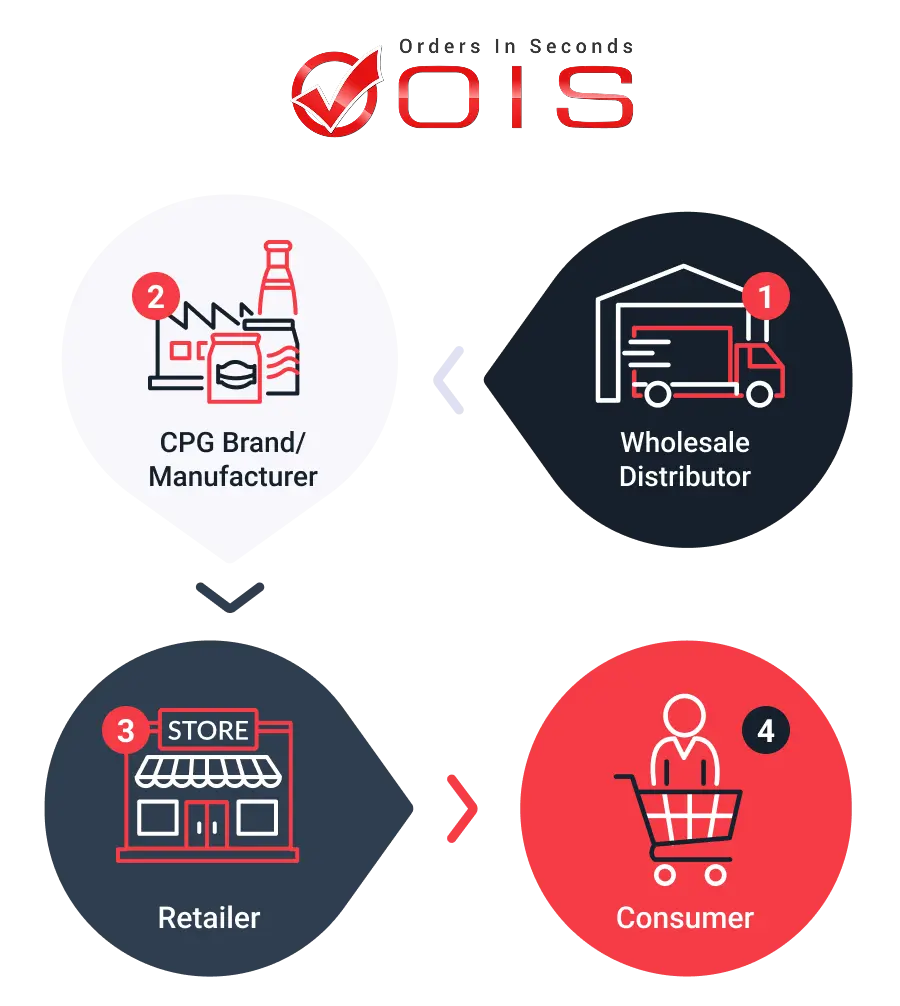







B2B order management software is a system that helps businesses streamline the entire order process—from order placement to fulfillment—between companies. It allows wholesale distributors and CPG companies to manage inventory, track orders, and deliveries, while improving customer experience efficiently. Schedule a demo to learn more.
Wholesale business and CPG companies use B2B order management software to reduce errors, save time, improve inventory control, and ensure smooth transactions with their retail partners. It also helps maintain accurate data and enhances operational efficiency. Schedule a demo to see it in action.
Our B2B order management software connects effortlessly with QuickBooks and leading ERP platforms (SAP, Sage, Peachtree, and NetSuite). We make sure your data flows smoothly between systems. Spend less time on manual entry and more time growing your business. Schedule a demo to learn more.
Pricing varies depending on the software provider, features, and company size. If you are interested in learning more about OIS Pro, you can request pricing here.
Absolutely. Our B2B order management system is scalable, allowing small wholesale businesses or CPG brands to streamline order processing and grow their operations. Schedule a demo to learn more.

This free eBook is packed with real-world, data-driven concepts that can help maximize your store visits and double your sales in 5 steps.

Our free calculator simplifies wholesale product pricing. Calculate prices at each level of the distribution channel.

Determining the best pricing is tough work for even the most experienced distributor. Download our free calculator today!

Determining the best pricing is tough work for even the most experienced distributor. Download our free calculator today!